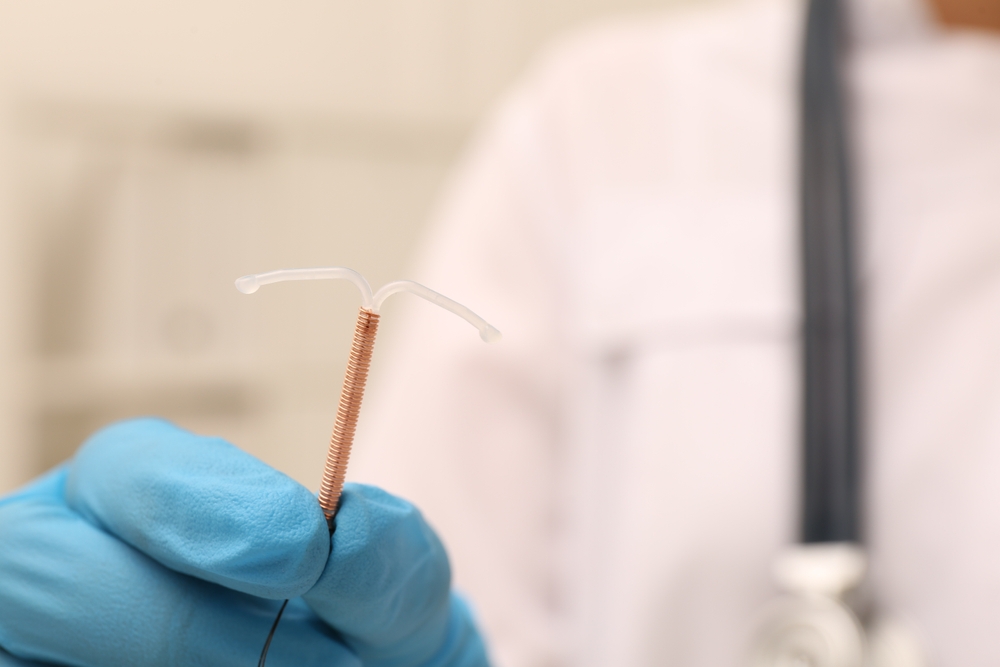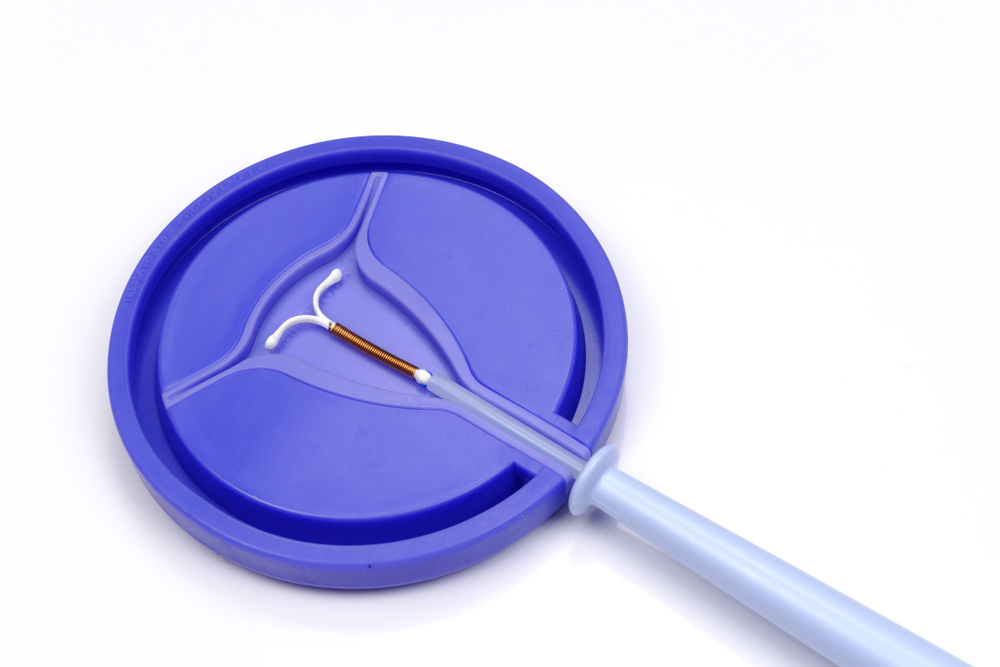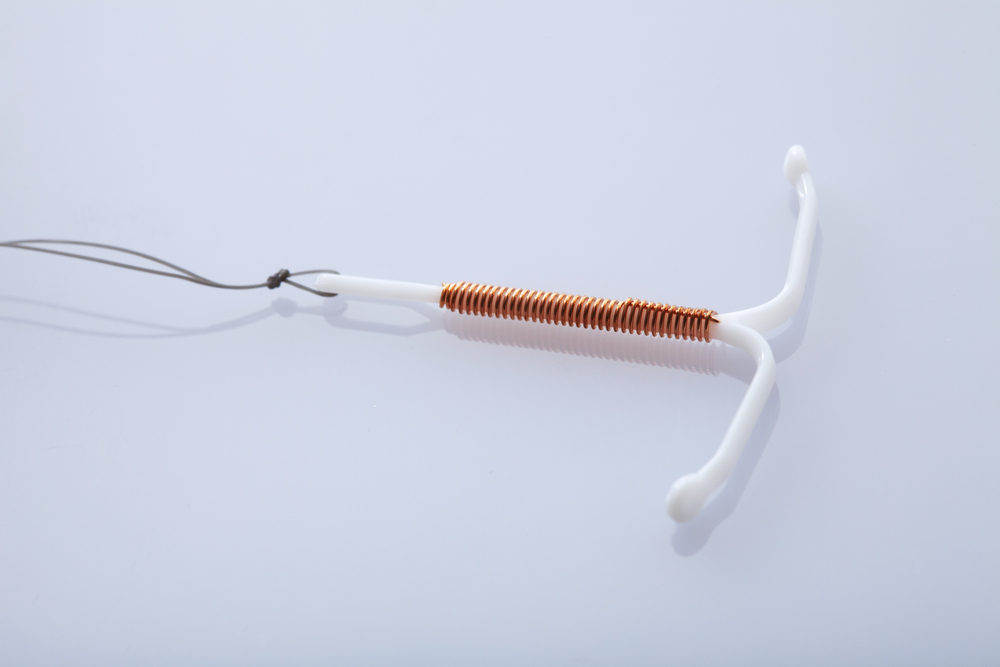What Are the Side Effects of Paragard IUD?
The Paragard IUD is one of the most popular forms of birth control on the market. The contraception device has an effectiveness rate of more than 99%, making it an attractive choice for women who want to prevent unintended pregnancy. However, the Paragard IUD can cause serious side effects — some of which are irreversible and lead to long-term damage. Women injured by the device are filing Paragard lawsuits against manufacturers Teva Pharmaceutical Industries Ltd. and CooperSurgical, Inc. for failing to warn consumers about the potential side effects, specifically device breakage of the Paragard IUD. The cases have been consolidated into multidistrict litigation (MDL) and are being handled by the same federal judge.
What Is The Paragard IUD?
An IUD (intrauterine device) is a form of birth control that’s placed inside the uterus by a healthcare provider. They are effective for longer than other forms of birth control — the Paragard IUD can prevent pregnancy for up to 10 years. It doesn’t contain hormones, so the side effects associated with traditional birth control methods, like weight gain and mood swings, are less of a concern. The device’s active ingredient is copper, which prevents sperm from fertilizing an egg. It only takes a few minutes to insert an IUD; a patient doesn’t have to do anything else once it is in place. The Paragard IUD was first approved by the U.S. Food and Drug Administration (FDA) in 1984 and has been available to the public since 1988. In the years since it was introduced, millions of women have used the Paragard IUD as their primary form of contraception.

Common Paragard IUD Side Effects
All medications have potential side effects, and the Paragard IUD is no different. According to the Paragard website, common side effects include:
- Anemia (low blood count)
- Expulsion
- Pain during sex
- Spotting
- Prolonged or painful periods
- Vaginal irritation and discharge
- Backache
- Cramping or pain
While these side effects are common and often mild, there are more potential severe complications that Paragard IUD users should be aware of.
Serious Paragard IUD Side Effects
Pelvic inflammatory disease (PID): Pelvic inflammatory disease is a pelvic infection that affects the uterus, fallopian tubes, or ovaries. It usually occurs within three weeks of IUD insertion and can lead to infertility, chronic pelvic pain, and abscess formation. Symptoms include abdomen pain, unusual bleeding or discharge, fever, and painful urination. You should call a doctor if you suspect you might have PID, as you’ll likely need antibiotics to treat the infection.
Uterine perforation: IUD insertion is a quick procedure, but it isn’t free from complications. When a Paragard IUD is inserted, there’s a slight chance that it can puncture the uterus, which can cause abdominal pain and bleeding. Uterine perforation is most likely during the postpartum period 12 weeks after giving birth.
Ectopic pregnancy: Ectopic pregnancy is a rare pregnancy complication that occurs when a fertilized egg implants outside of the uterus. Studies have shown that IUDs are associated with a higher risk of ectopic pregnancy, and the condition can be life-threatening if it isn’t treated promptly. Possible complications include fallopian tube rupture, and research has found that ectopic pregnancy can lead women to develop post-traumatic stress and anxiety conditions.
Toxic Shock Syndrome (TSS): Toxic shock syndrome is a rare IUD side effect that can be fatal if left untreated. It is a complication that results from certain kinds of bacteria, and an IUD infection can cause it. Potential symptoms of TSS include fever, vomiting, low blood pressure, and organ failure. The condition is often treated with antibiotics and intravenous fluids. Severe cases of toxic shock syndrome can lead to limb amputation. After serious Paragard IUD complications are discovered, women often need emergency surgery to remove the device.
What To Do If You’re Injured Using a Paragard IUD
If you experience an injury due to the Paragard IUD, you may find yourself overwhelmed by doctor’s appointments, medical bills, and physical therapy. But you should know that you have legal options to consider. It’s not too late to file a Paragard lawsuit against the device manufacturer for not adequately warning users about potential side effects. The first test trial in the Paragard IUD MDL is expected to happen in early 2025. A test trial allows both the defendants and plaintiffs to see how a case fares in front of a jury and can help guide settlement discussions.
Filing a Paragard lawsuit helps hold the manufacturer accountable for their negligence and can help you fully obtain the damages you need to move forward from your injuries. You should search for a qualified product liability attorney with experience with similar cases to handle your Paragard IUD lawsuit.














